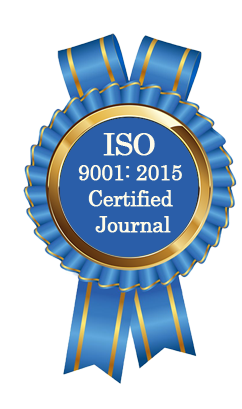| All | Since 2020 | |
| Citation | 105 | 60 |
| h-index | 4 | 4 |
| i10-index | 3 | 2 |
WJAHR Citation 
Login
News & Updation
Best Article Awards
World Journal of Advance Healthcare Research (WJAHR) is giving Best Article Award in every Issue for Best Article and Issue Certificate of Appreciation to the Authors to promote research activity of scholar.
Best Article of current issue
Download Article : Click here
Indexing
Abstract
PHARMACOLOGICAL PROFILE, PHYTOCHEMISTRY & APPLICATION OF GARCINIA INDICA FRUITS
Ankita Mazumder*, Shailendra Singh Chandel and Gaurav Dubey
ABSTRACT
Garcinia indica is a member of the Clusiaceae family and is a small to medium-sized plant. There are 200 different species of this tropical fruit, which is most frequently referred to as kokum. Fruits are green when unripe, becoming scarlet or dark purple as they ripen. Kokum is a fruit tree with uses in agriculture, medicine, nutraceuticals, and industry. As a long-used remedy for dermatitis, diarrhoea, dysentery, ear infections, and to aid in digestion, kokum has a long history in Ayurvedic medicine. Oil is extracted from kokum seeds. In other countries, this oil is known as kokum butter and is used in expensive confectionary dishes, cosmetics, and curries. According to chemical research, the rind includes anthocyanins such cyanidin-3-glucoside and cyanidin-3-sambubioside as well as polyisoprenylated phenolics. It also contains protein, tannin, pectin, sugars, fat, Garcinol, and organic acids including ()-hydroxycitric acid, hydroxycitric acid lactone, and citric acid. This review emphasises the most current developments in G. indica's different pharmacological properties. According to these research, G. indica possesses both in vitro and in vivo properties that are anti-oxidant, anti-obesity, anti-arthritic, anti-inflammatory, antibacterial, hepatoprotective, cardioprotective, antidepressant, and anxiolytic. The purpose of this review is to describe the information that is currently available regarding traditional, medical, pharmaceutical, and bioactive uses for the kokum fruit. This information will help to generate interest in Garcinia indica and may be useful in the development of new formulations that have greater therapeutic and financial value.
[Full Text Article] [Download Certificate]
